Accessible itinerary among science in the university area
Updated on 06 March 2020 From Fondazione Innovazione Urbana
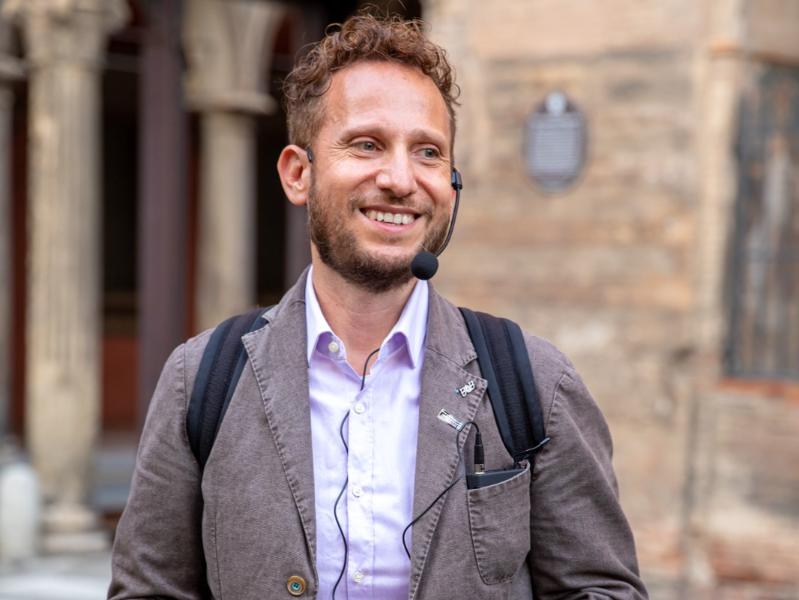
Mauro Bigi, sustainability and corporate social responsibility expert, currently working with Fondazione Innovazione Urbana.
An accessible city: tell us how the project U-area for all took hold
U-area for all was conceived in 2019 by the Laboratory of participatory practices in the framework of the European project h2020 ROCK (Regeneration and Optimization of Cultural heritage in Knowledge and creative cities).
It consists of a co-planning process aimed at creating and experimenting a network of inclusive visits within the University District, with the final objective of making the university cultural heritage accessible to everyone.
Several accessible itineraries across the oldtown have been created:
this extensive offer can be explored on the dedicated app BOforAll.
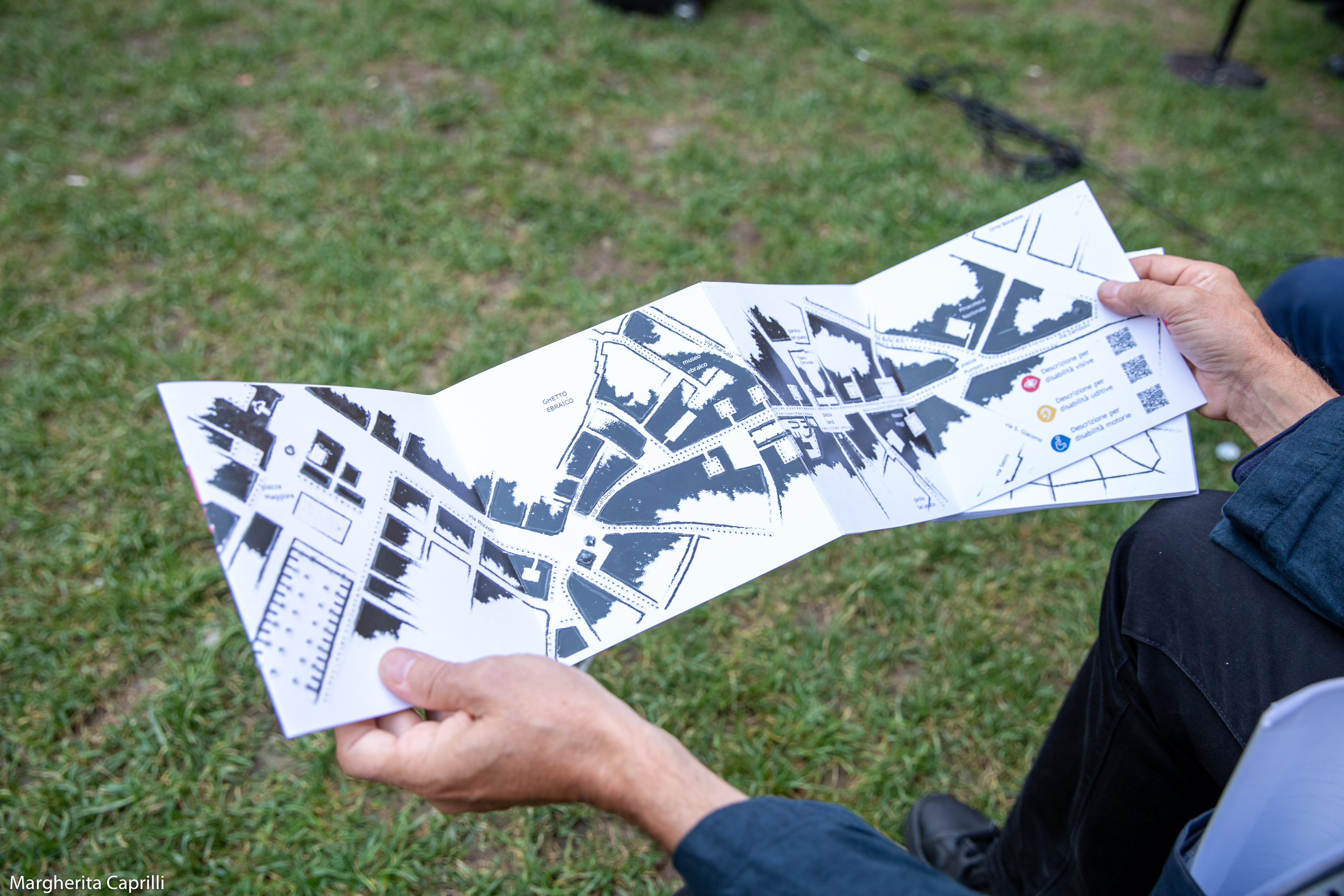
We’re all set. Where should we start from?
Let’s get to the very heart of the Bolognese cultural heritage, standing under the shade of the two towers in Piazza di Porta Ravegnana, heading towards the University District. We choose to start from the U-area between science and environment along via Zamboni, a historic street connecting the Two Towers to Porta San Donato and lined with numerous Renaissance buildings, churches and chapels. It’s an overall uniform area, filled with porticoes that stretch along the main street intertwining with open-air cloisters before reaching its core in Piazza Verdi, right in front of the Municipal Theatre.
The museums disseminated along the street hold magnificent examples of a million-centuries old cultural heritage, whose rely on civic protection and custody.
Starting from Piazza Maggiore you can reach Via Zamboni by following Via Rizzoli until Piazza Ravegnana and then, turning left.
Be careful to avoid the racks at the beginning of the street and the benches at the center of the street nearby Piazza Ardigò.
The access to the porticoes does not have any steps, but at the entrance to Via Marsala, on the left, there are three descending steps that are not indicated.
The porticoes do not present any difficulties apart from the dehors.
Beyond Largo Respighi, and under the portico, stands the Municipal Opera Theatre (Teatro Comunale), which organises guided tours.
If you cross Piazza Verdi on your right side and then walk past Via Bibbiena, Saint Sigismondo, Largo Trombetti, Via Belmeloro and Via Selmi you reach the building that, on its ground and first floors hosts the Zoology Collection and includes an educational room and stuffed animals. On the second floor there is the Compared Anatomy Collection, that offers Braille descriptions. Finally, on the Third floor, the building hosts the Anthropology Collection where you can find the reconstruction of a yurt. Guided tours for students are available.
To have a break in the open air, in Via Belmeloro you can find the little garden of S.Leonardo, which hasn’t been looked after for a while, but is provided with benches and tables.
Let’s go back to Via Zamboni. Be careful: at the center of the street, at the beginning of the right-side-portico stands a guardstone! Stepping forward you reach the entrance of Palazzo Poggi, which hosts the Museum of Palazzo Poggi, the MEUS- European Museum of Students, the Specola Museum of Astronomy as well as the Carducci room and the University Library. You can visit all of them by requesting a guided tour but remember: nothing can be touched.
If you continue the tour you arrive at the Geological Collection Museo Giovanni Capellini, the home of the huge model of Diplodocus. Since the nearby Mineralogy Collection Museo Luigi Bombicci does not have much to offer for visually-impaired visitors, we suggest you to take a path towards Via Irnerio, a few minutes away, and walking 200 meters to the Botanic Garden and Herbarium. Here, upon specific request, you can touch, and, where allowed, smell and taste, the different textures, shapes and physical characteristics of well-known and exotic plants.
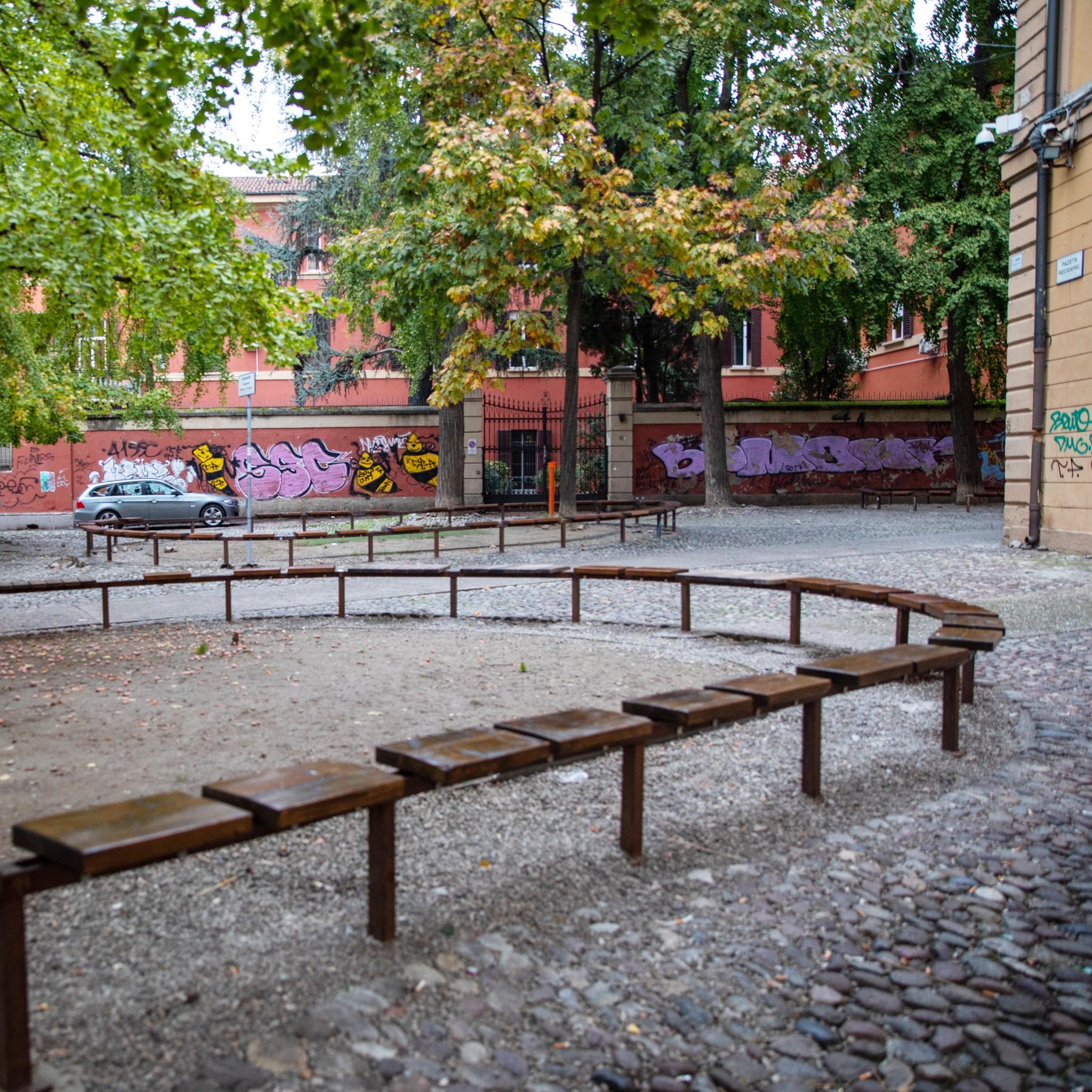
If you turn right and walk along Via Belmeloro you reach Don Tullio Contielo Garden, also called San Leonardo garden. 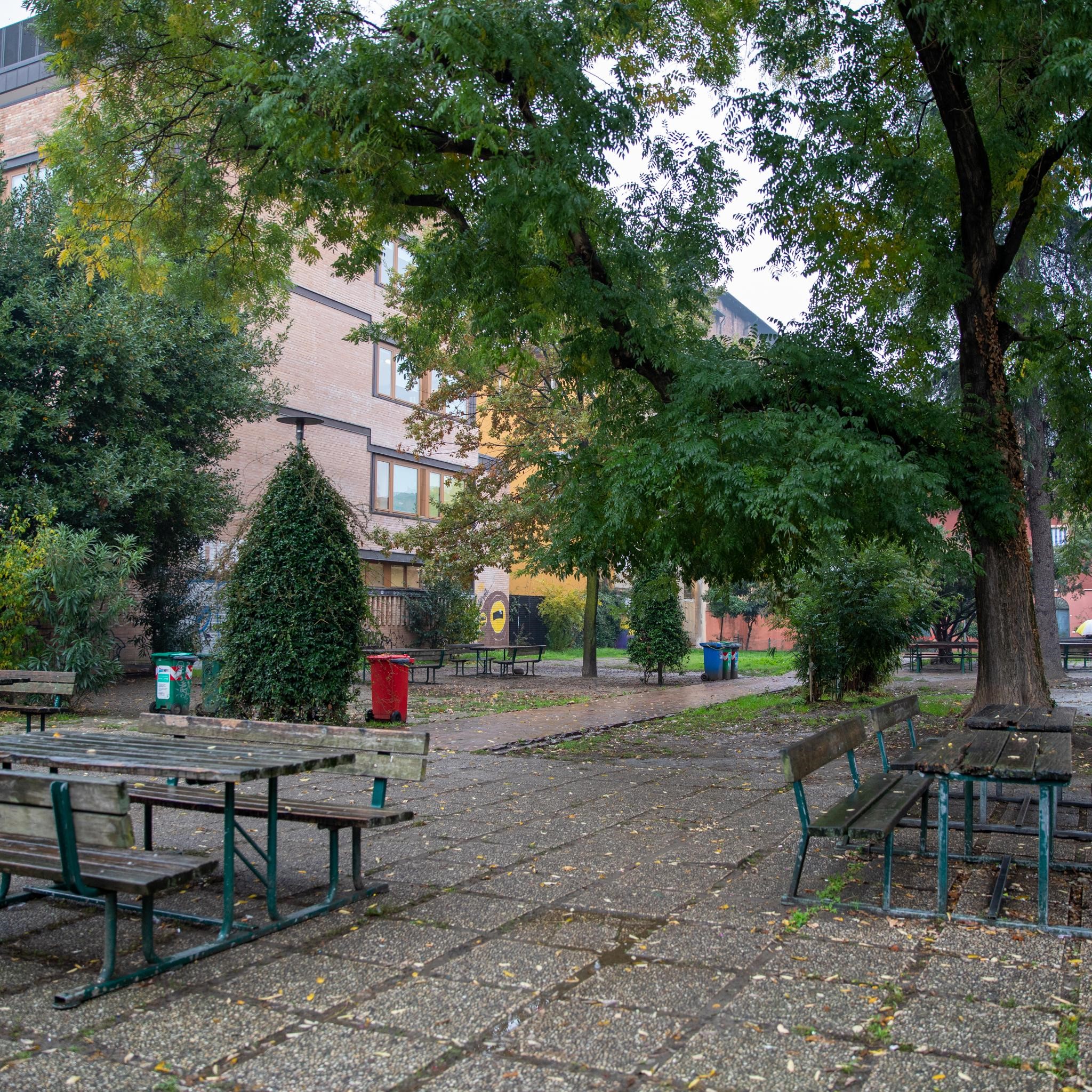 From Via Belmeloro turn into Via Selmi where you can visit three collections of the University Museum Network.
From Via Belmeloro turn into Via Selmi where you can visit three collections of the University Museum Network.
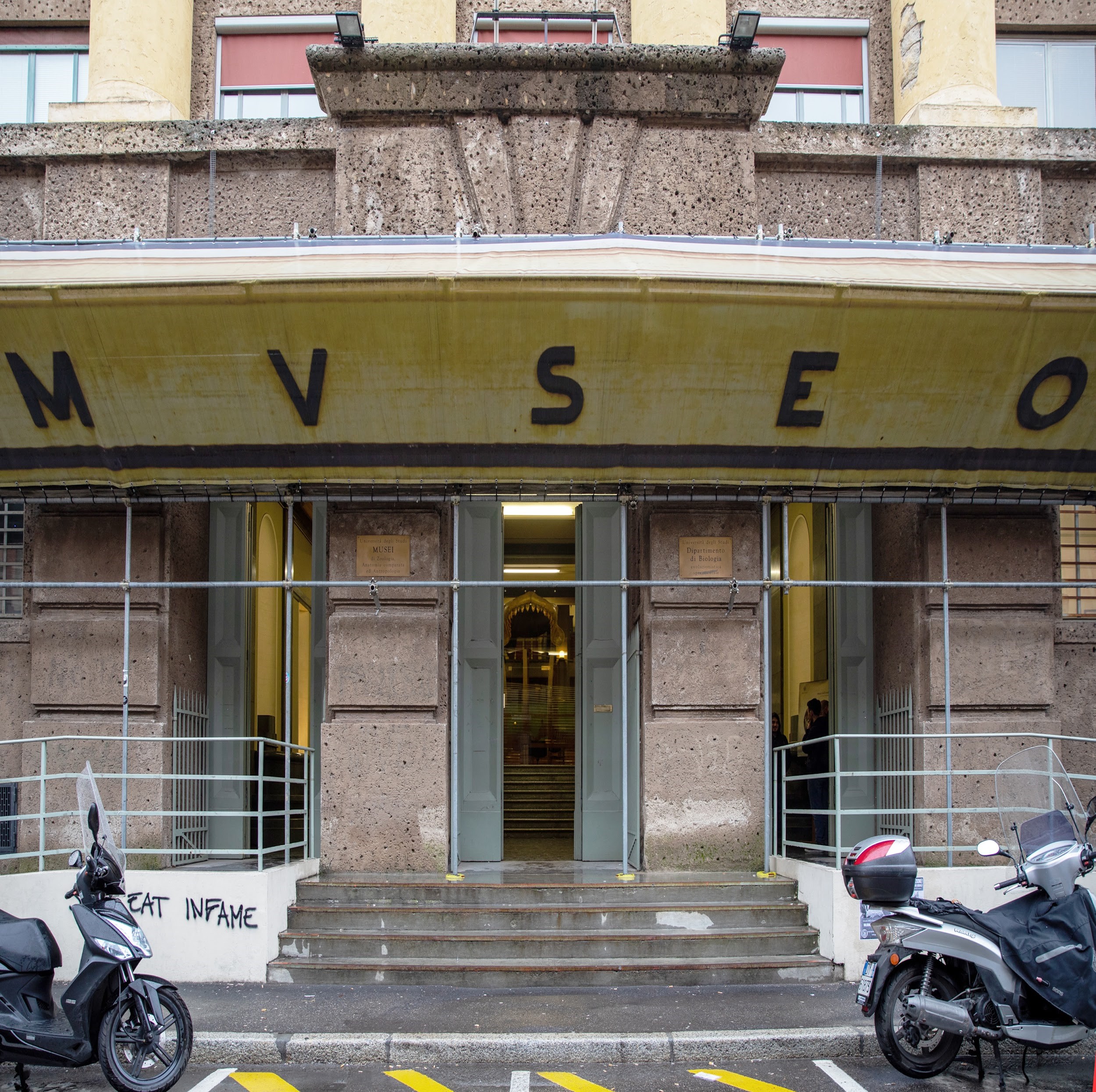
- Zoological Collection
At the ground and first floor. The objects inside the display cases have a cataloguing system dating back to the 19th century, but you can read the explanatory panels that are numbered and carry technical explanations and images.
- The Comparative Anatomy Collection
It is situated on the second floor and provides panels that are written in cursive and without images. Nevertheless, a very clear and concise leaflet that explains the collection is provided.
The main theme of the collection is the evolution of vertebrates through the observation of anatomical models (that are reproduced in a lab) of fish, amphibians, reptiles, birds and mammals.
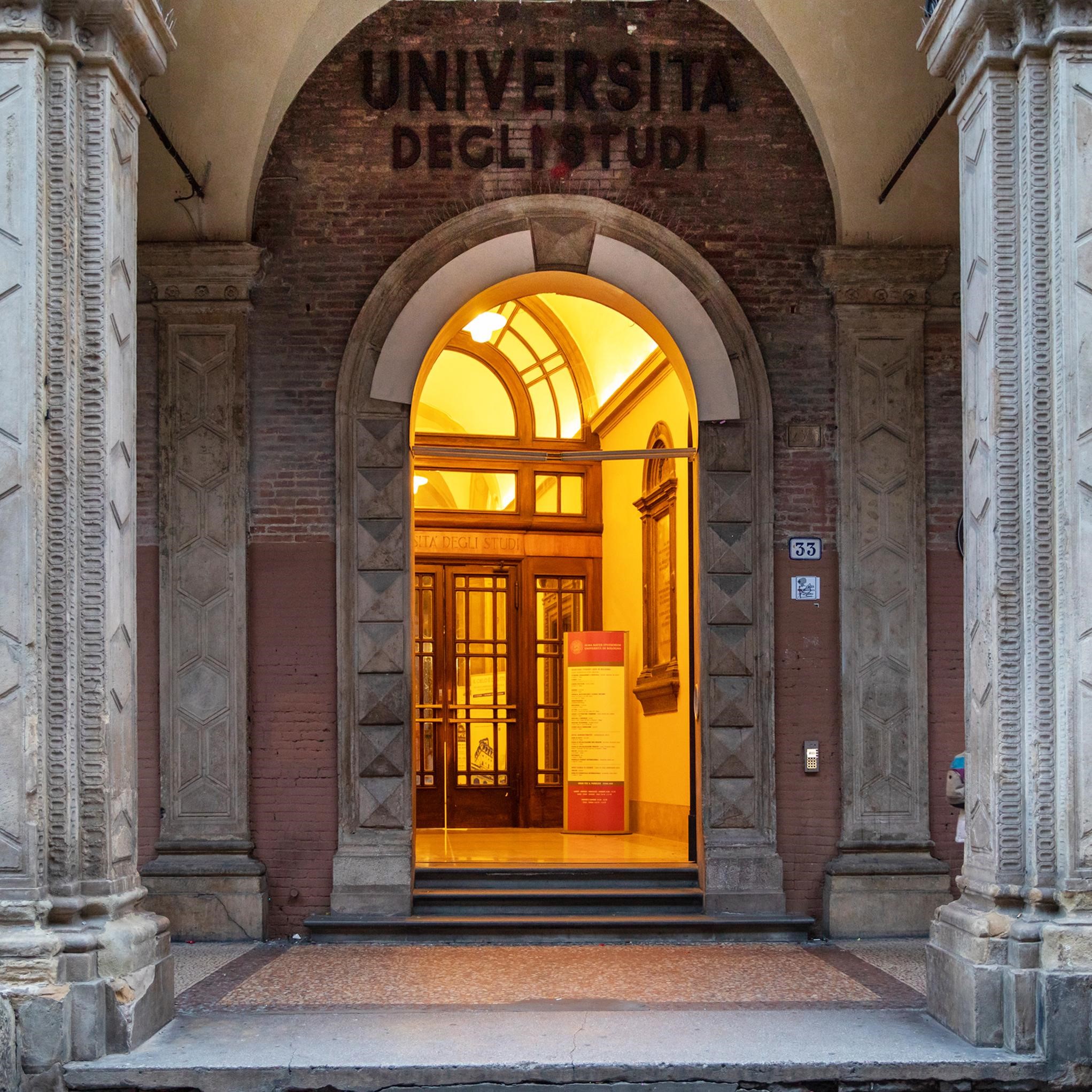
In the Geological Collection Museo Giovanni Capellini there are no explanatory panels nor signs or visual supports. In fact, only explanations for important parts of the exhibition and original typewritten labels are provided. The language of the brief explanations is really technical.
At the end of Via Zamboni at the corner with Piazza di Porta San Donato, it is possible to visit the Mineralogy Collection Museo Luigi Bombicci.
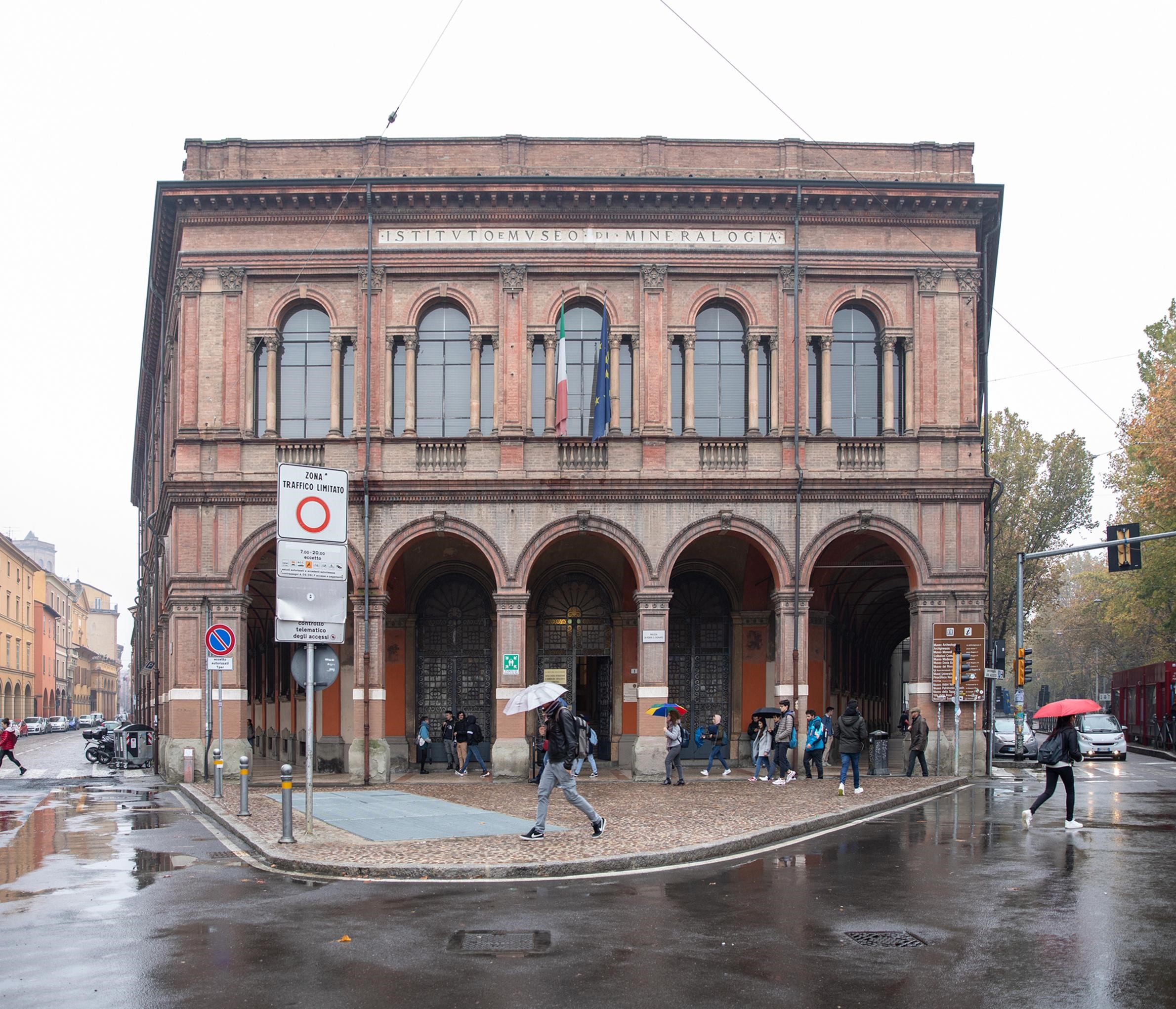
The materials under the glass showcases have indications about the typology of elements with their geographical origin. In the room there aren’t neither explanatory models nor visual supports.
Walking along Via Irnerio it is possible to reach in a little time the Botanic Garden and Herbarium. Here there are thematic signs that have a highly technical language. They are provided with a map, a QR code for insights and a link that sends the reader to the
description of the Herbarium on the website.
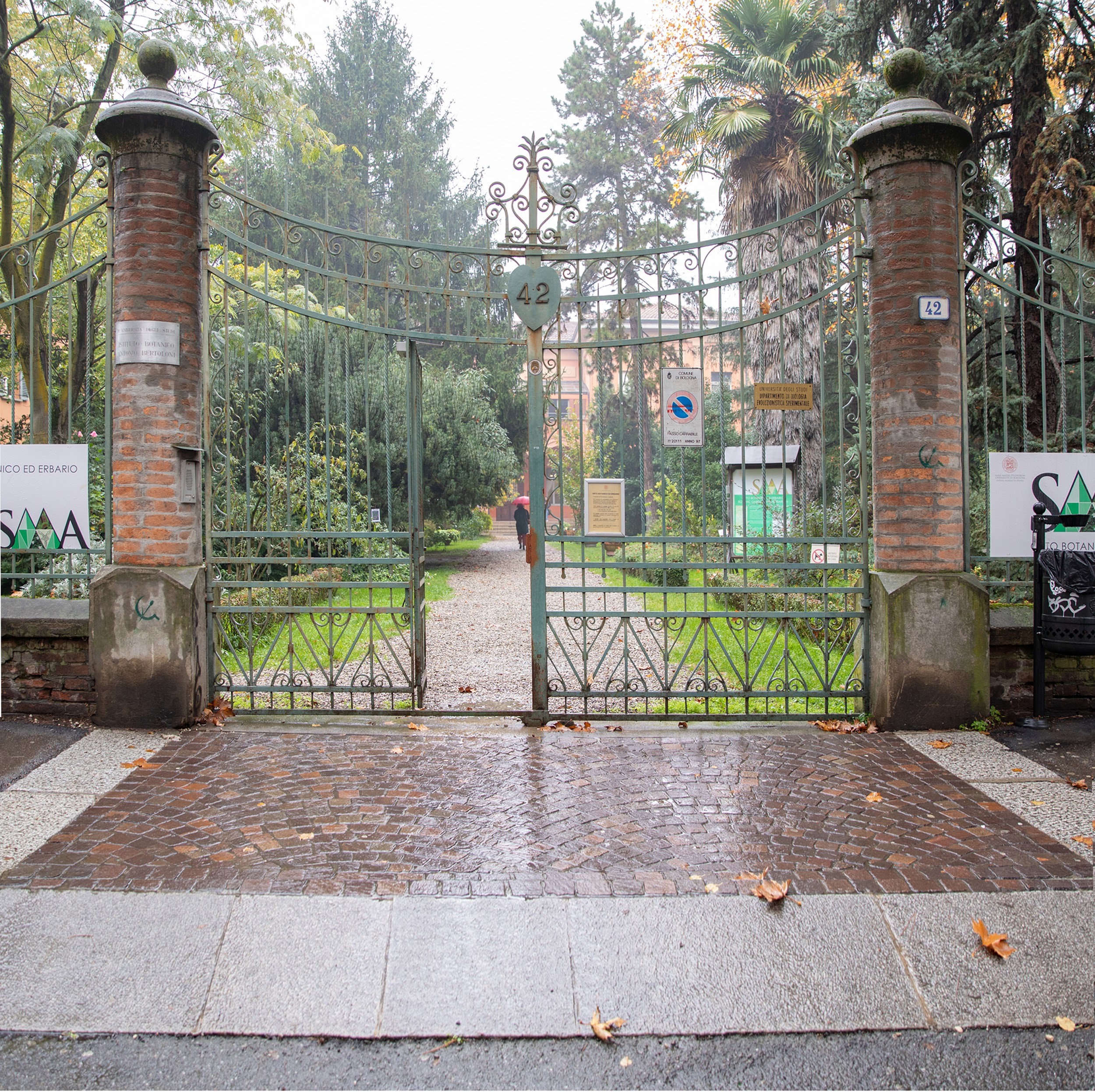
None of these museums provide any form of visual communication in the bathrooms in case of emergency.
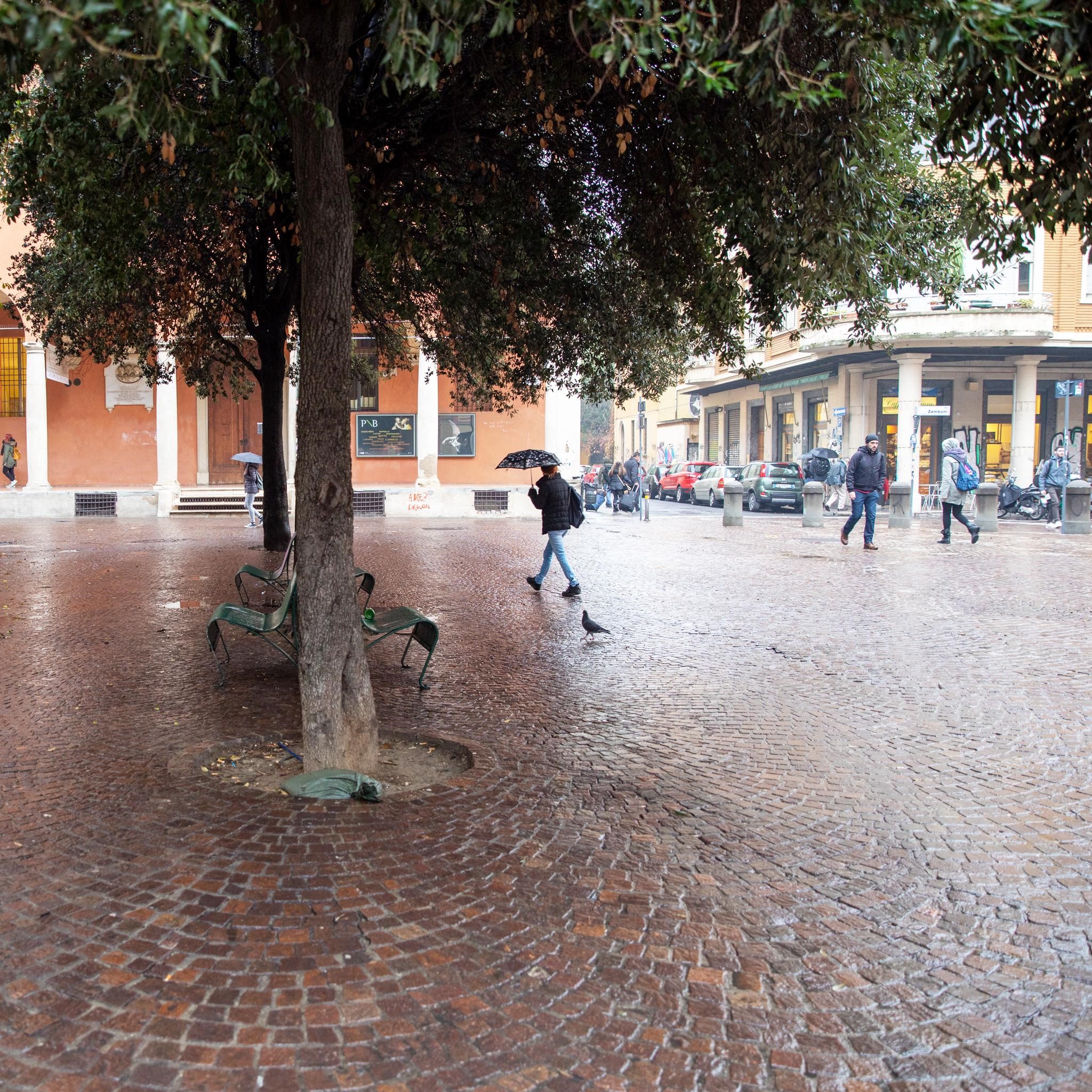
The ramp is situated near number 47 of via Zamboni. When you enter via San Giacomo the pavement becomes bumpy. At the first ramp it is better to cross the street and go to the other pavement that ends with another ramp at the crossing with Via Selmi. If you turn right in Via Selmi you get to the Zoology, Compared Anatomy and Anthropology Collection.
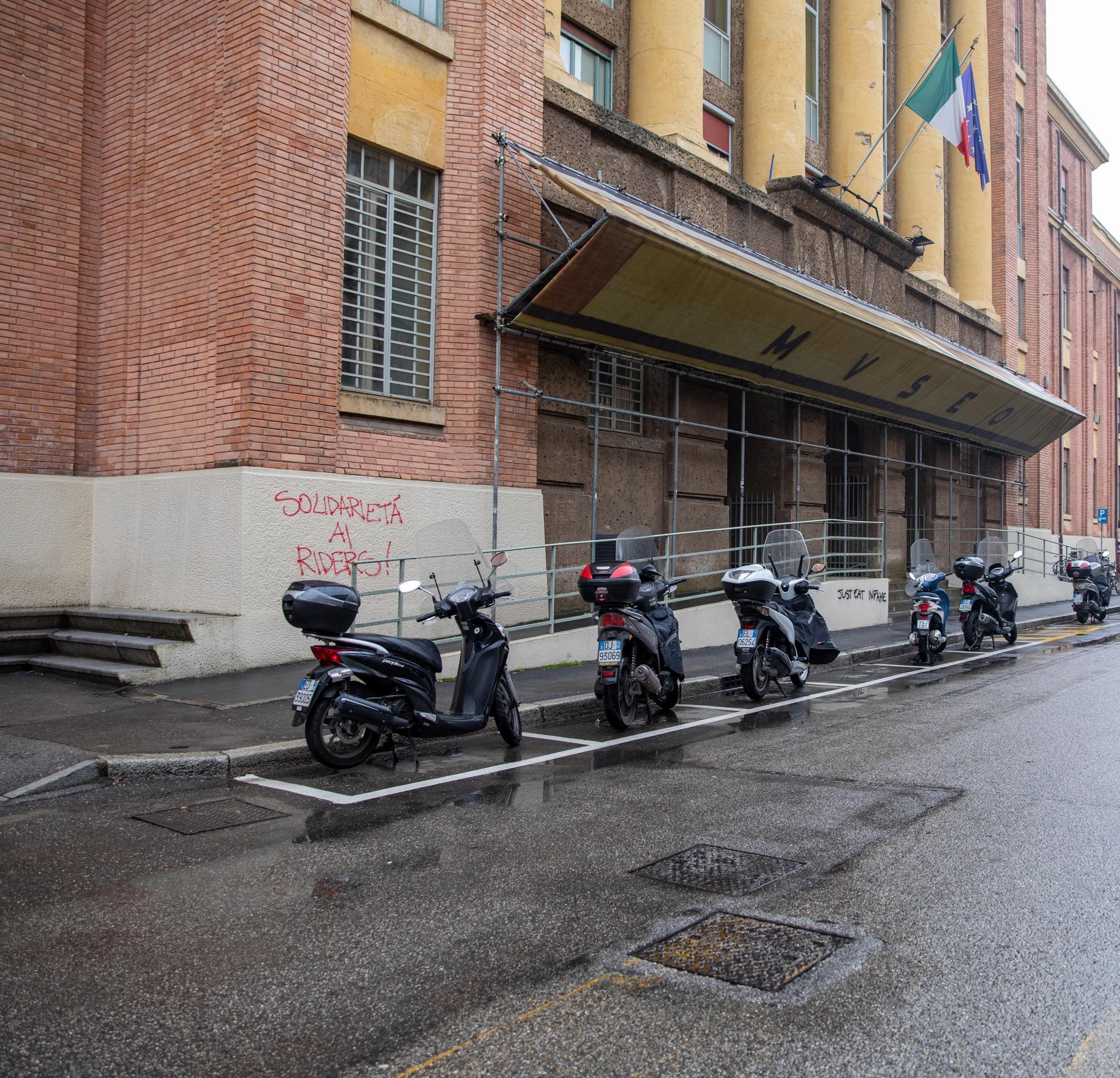
To reach the Geology Collection Museo Giovanni Capellini go the same way backwards. Keep the Portico of via Zamboni on your right in the direction of the Viali, at the end of it the pavement gets bumpy for a few meters, right before the entrance to the building. When exiting the Geology Collection Museo Giovanni Capellini follow the pavement on the right and after a few meters reach the crosswalk. Then, cross the next crosswalk in Via Irnerio and turn left to reach the Botanic Garden and Herbarium in about 200 meters.
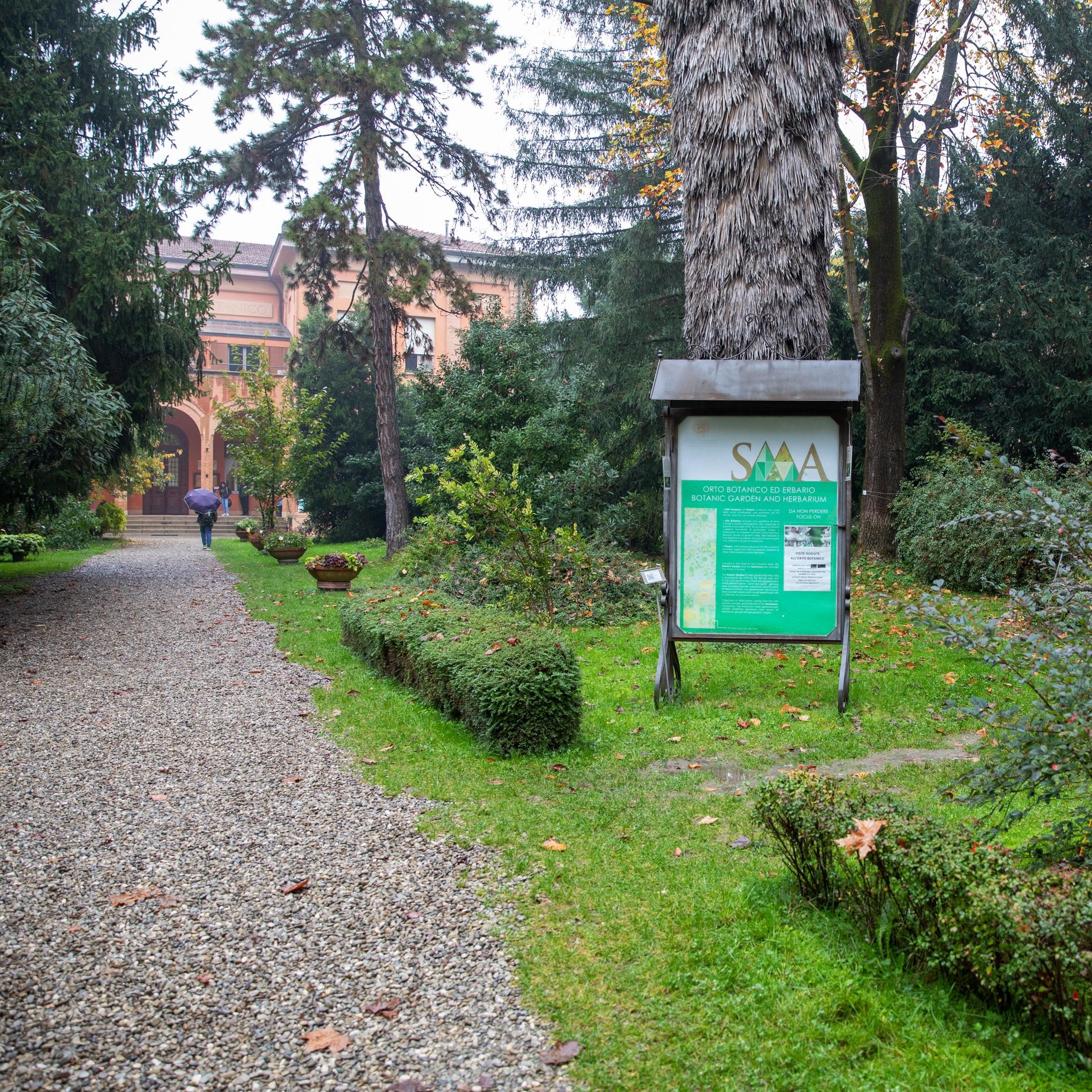
The project for the
creation of the following itineraries has been promoted by the Municipality of
Bologna, Fondazione per l’Innovazione Urbana and the University of Bologna, in
collaboration with Accaparlante, Institute for the Blind Francesco Cavazza,
Fondazione Gualandi for the deaf, ITcares, Girobussola NPO, MUVet, project MIA
open inclusive museums, Bologna Musei, Sistema Museale di Ateneo.